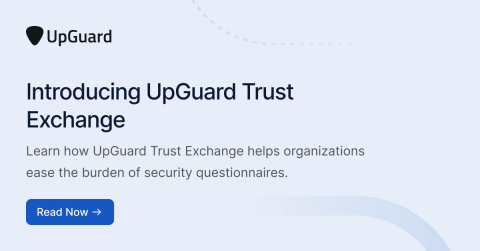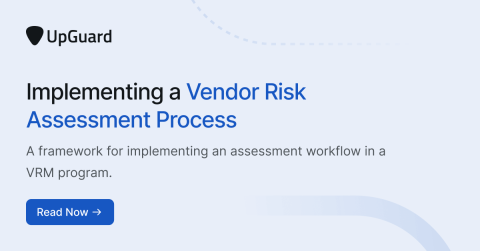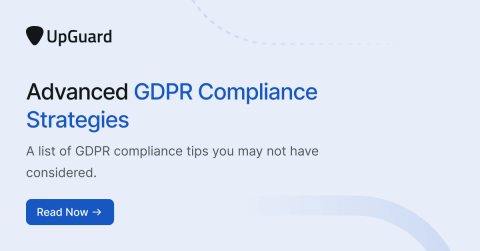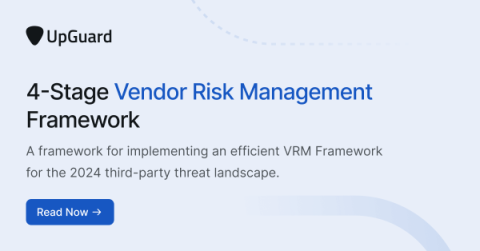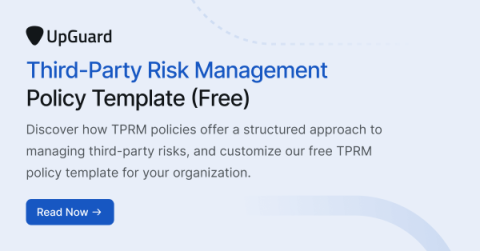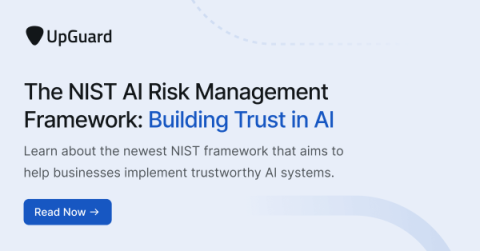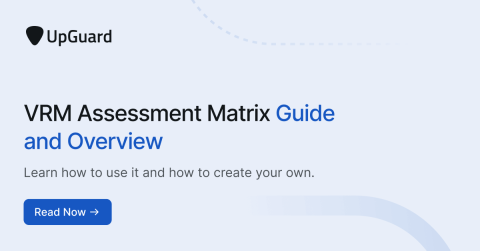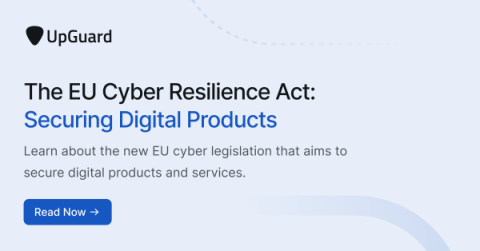Introducing UpGuard Trust Exchange
Security questionnaires represent the cornerstone of most third-party risk management (TPRM) programs. They allow organizations to responsibly appraise a vendor's security posture before they move forward with onboarding and grant the vendor access to internal systems and data. Nevertheless, most security teams feel burdened by time-consuming and lengthy security questionnaires, especially when faced with additional resource and staffing limitations.


